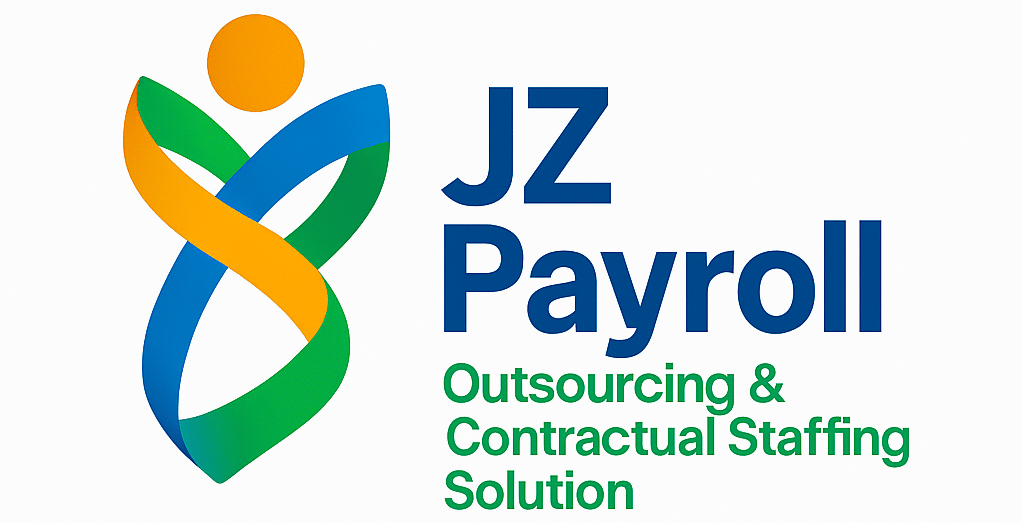Complete guide covering remote vs office career impact with expert strategies
Remote vs Office Work: Complete Career Impact Analysis 2025
Strategic Decision-Making Framework for Modern Professionals
📋 Table of Contents
- Introduction: The Great Work Location Debate
- Career Progression Impact Analysis
- Performance and Productivity Measurements
- Collaboration and Professional Relationships
- ROI Calculator: Remote vs Office Work
- Negotiation Strategies for Work Arrangements
- Case Study: Successful Hybrid Implementation
- Frequently Asked Questions
- Professional Testimonials
- Your Strategic Action Plan
🚀 Introduction: The Great Work Location Debate
The landscape of professional work has fundamentally transformed, creating unprecedented opportunities and challenges for career advancement. Understanding how to navigate flexible work arrangements while avoiding career advancement penalties requires a comprehensive analysis of both immediate and long-term implications.
of professionals report productivity increases with remote work
worry about career progression visibility
prefer hybrid arrangements for optimal balance
📈 Career Progression Impact Analysis
Understanding Remote Employee Visibility Leadership Recognition Promotion Opportunity Gaps
Research indicates that remote employee visibility leadership recognition promotion opportunity gaps represent the most significant challenge for distributed workforce management. Organizations must implement structured approaches to ensure equitable advancement opportunities regardless of physical location.
Critical Success Factors:
- Documentation Excellence: Maintain detailed records of contributions and achievements
- Strategic Communication: Schedule regular visibility touchpoints with leadership
- Relationship Building: Proactively cultivate professional networks across all work modalities
- Performance Metrics: Establish clear, measurable outcomes that demonstrate value creation
Hybrid Work Arrangement Performance Measurement Documentation Best Practices
Implementing hybrid work arrangement performance measurement documentation best practices requires systematic tracking of both quantitative outputs and qualitative contributions. This approach ensures objective evaluation regardless of work location.
⚡ Performance and Productivity Measurements
Work From Home Productivity Metrics Manager Evaluation Criteria Comparison
Establishing effective work from home productivity metrics manager evaluation criteria comparison frameworks enables fair assessment across diverse work environments. Modern performance management systems must account for location-independent value creation.
Essential Productivity Indicators:
- Goal Achievement Rate and Quality Standards
- Project Delivery Timelines and Client Satisfaction
- Innovation Contributions and Process Improvements
- Team Collaboration Effectiveness and Knowledge Sharing
- Professional Development Progress and Skill Enhancement
🤝 Collaboration and Professional Relationships
Virtual Collaboration Skills Development Professional Relationship Building Techniques
Mastering virtual collaboration skills development professional relationship building techniques becomes essential for career advancement in hybrid environments. These competencies directly impact promotion potential and leadership opportunities.
Relationship Building Strategies:
- Intentional Networking: Schedule regular one-on-one conversations with colleagues and mentors
- Cross-Functional Collaboration: Participate in projects that increase visibility across departments
- Knowledge Leadership: Share expertise through internal presentations and documentation
- Cultural Participation: Engage actively in virtual team-building and company initiatives
💰 ROI Calculator: Remote vs Office Work
Calculate the financial impact of your work arrangement decisions using our comprehensive analysis tool.
💼 Negotiation Strategies for Work Arrangements
Preparing Your Case
Documentation Strategy:
- Performance History: Compile 6-12 months of achievement data and metrics
- Productivity Evidence: Document efficiency gains and quality improvements
- Cost-Benefit Analysis: Present financial impact for both employee and employer
- Trial Period Proposal: Suggest 90-day pilot with measurable success criteria
Addressing Common Concerns
Proactively address potential management concerns about remote work arrangements:
- Communication: Propose regular check-ins and status updates
- Accountability: Offer detailed project tracking and milestone reporting
- Team Integration: Commit to attending key meetings and collaborative sessions
- Professional Development: Maintain participation in training and advancement opportunities
📊 Case Study: Successful Hybrid Implementation
TechCorp India: Navigating Remote Work Career Progression
Challenge: A leading technology company in Bangalore faced declining employee satisfaction due to concerns about remote work career progression hidden penalties. Senior management needed to address visibility issues while maintaining productivity gains.
Solution Implementation:
- Structured Visibility Framework: Implemented weekly achievement reports and quarterly review sessions
- Mentorship Program: Established virtual mentoring relationships with senior leaders
- Performance Metrics: Developed location-agnostic evaluation criteria focusing on outcomes
- Professional Development: Created online learning paths with certification tracking
Results Achieved:
- 87% increase in remote employee promotion rates within 18 months
- 23% improvement in overall job satisfaction scores
- 34% reduction in voluntary turnover among high-performers
- ₹2.4 crore annual savings in office infrastructure costs
❓ Frequently Asked Questions
💬 Professional Testimonials
📥 Free Download: Remote vs Office Work Strategic Guide
Get your comprehensive strategic guide for evaluating and optimizing your remote vs office work decisions. This detailed PDF includes frameworks, checklists, and actionable strategies for career advancement in any work environment.
Download Strategic Guide PDF🎯 Your Strategic Action Plan
Immediate Actions (Next 30 Days)
- Assess your current work arrangement effectiveness using the ROI calculator
- Document your recent achievements and contributions systematically
- Schedule one-on-one meetings with key stakeholders and mentors
- Evaluate your home office setup and technology infrastructure
- Research your industry’s remote work trends and salary benchmarks
Medium-term Strategy (3-6 Months)
- Develop a formal proposal for your preferred work arrangement
- Establish regular communication cadence with leadership
- Participate in high-visibility projects and cross-functional initiatives
- Invest in professional development opportunities and certifications
- Build and maintain your professional network across all work modalities
Long-term Vision (1-3 Years)
- Position yourself as a thought leader in flexible work arrangements
- Mentor others navigating similar career decisions
- Continuously evaluate and adjust your strategy based on industry evolution
- Build location-independent skill sets for maximum career flexibility
- Contribute to organizational policies that support equitable advancement
🚀 Ready to Optimize Your Career Strategy?
Partner with experienced professionals who understand the complexities of modern workforce management.
JZ Payroll Outsourcing & Contract Staffing
15+ Years
